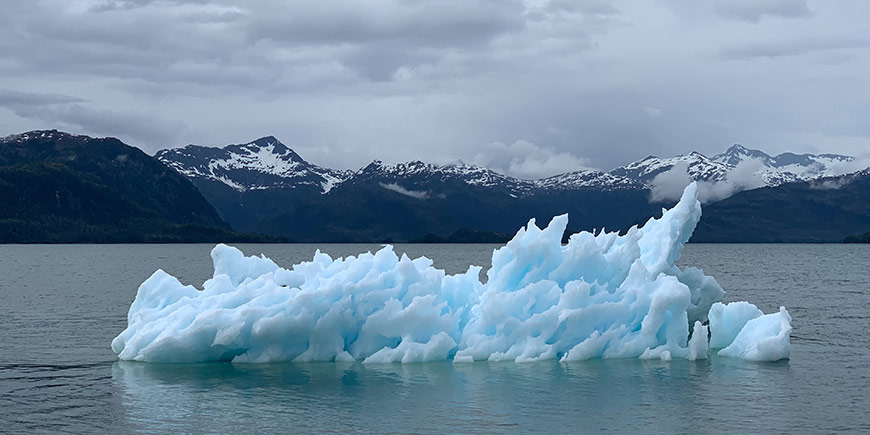
We’ve been working closely with one of our regular clients to produce transcripts of climate research interviews. The interviews were conducted in Japan, but contain a mix of Japanese and English. Our client needed English transcripts only. This always presents a challenge, but it’s not Mission Impossible!
With international research projects, we are often supplied with audio or video files, recorded in a plethora of languages! And it gets really complicated when individual files contain a mix of two (or sometimes more than two) languages. So how do we do it? The answer is… methodically.
With our most recent Japanese project, our client supplied us with many hours of interviews with Japanese climate researchers. A British team had travelled to Tokyo and conducted all the interviews in situ. Some of the interviewees were bilingual, but some individuals didn’t speak English. To make matters even more complicated, the majority of the recorded interviews were a complete mix of English and Japanese.
To produce English-only transcripts from the Japanese-English mix-files, we needed 1) English transcriptionists to work on the English to English transcription and 2) Japanese linguists to work on direct translation from audio, for the Japanese to English material. In essence, every file would need to be worked on by both an English transcriptionist and also a Japanese linguist.
It made sense for the files containing more English than Japanese to be worked on by our team of English transcriptionists first. Where there was more Japanese than English content in a given file, however, this had to be worked on by the Japanese team first. So our first step was to review all the files and work out the (approximate) English<>Japanese proportions, before allocating the files for transcription to the relevant team.
Once the first stage of the process was complete (whether the English transcription or the Japanese to English direct translation), files were then allocated for a second pass. The second team’s job was essentially to ‘fill in the gaps’. So essentially, if the English audio had not been transcribed, then that was ‘added in’ and if the Japanese speech was missing, then it was added. The end result? An English-only transcript that the UK research team could easily refer to, to reference quickly and easily.
This sounds fiddly and indeed it is. Without real attention to detail, it’s easy to lose track of each file’s status and then one is in dangerous territory! Fortunately all our Project Managers are trained to handle larger projects, so nothing is Lost in Translation.
Need help?
Should you require our help with direct translation from audio or video to English do not hesitate to get in touch with us and our team will do their best to help you.
